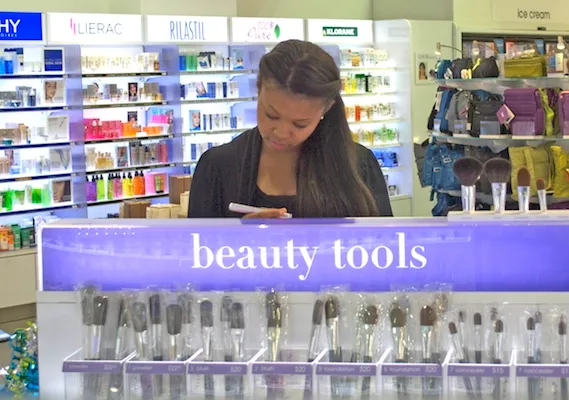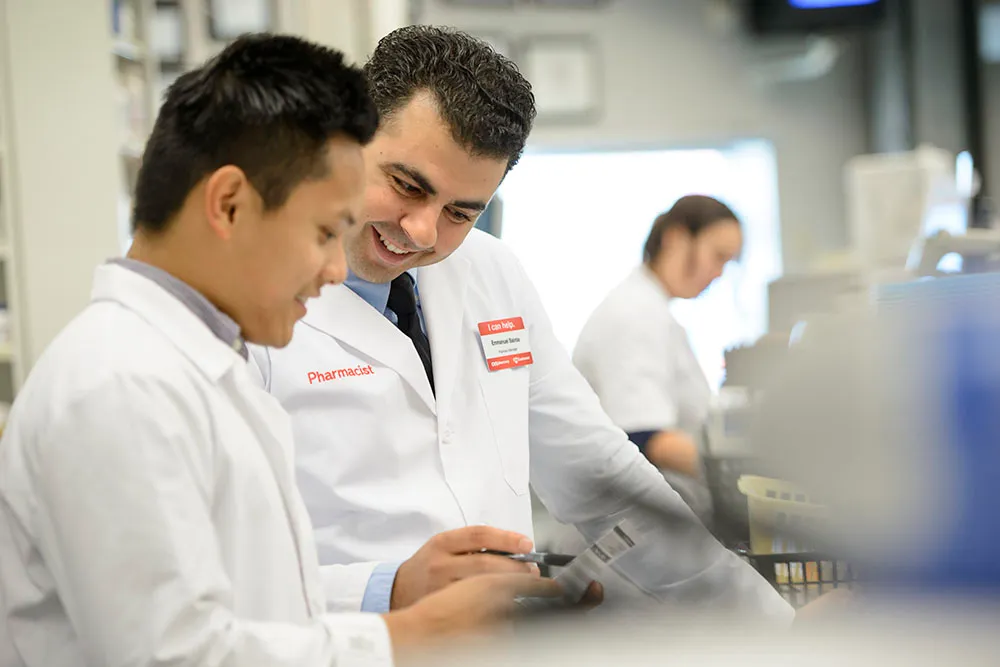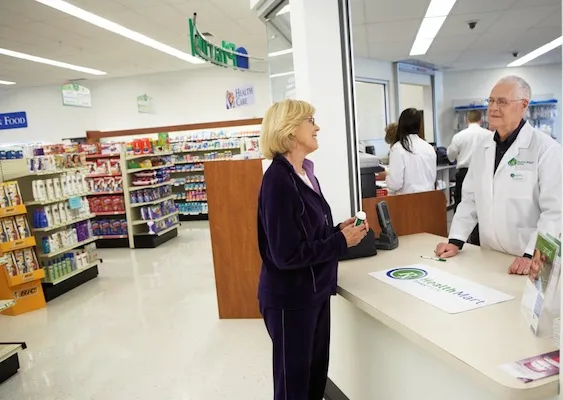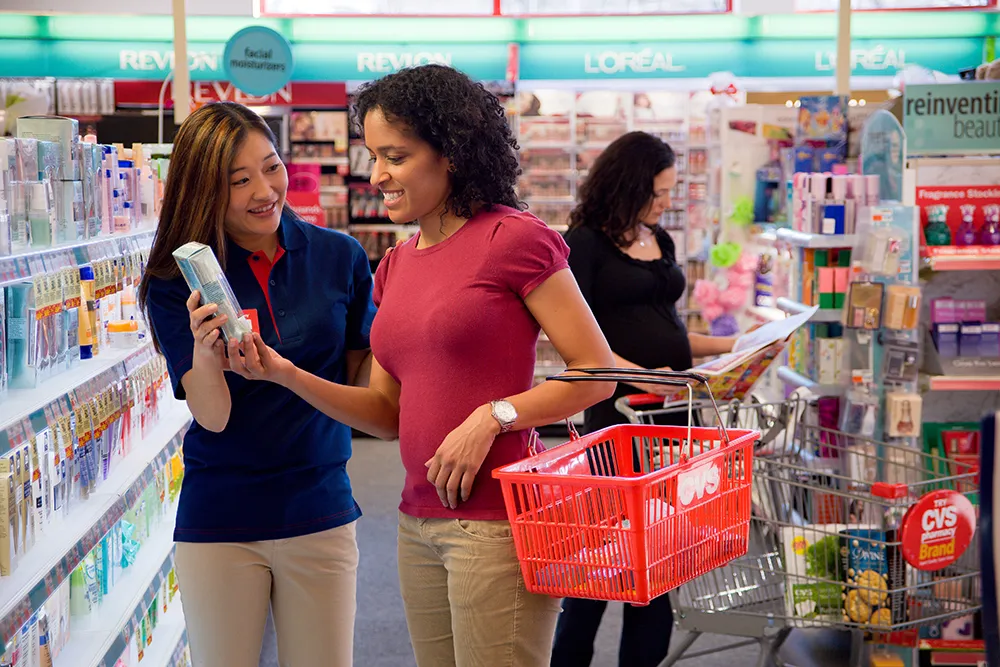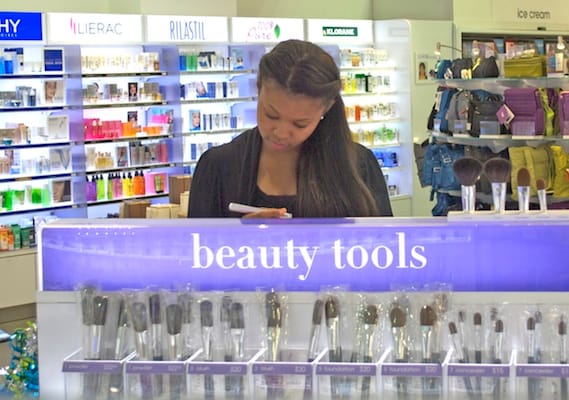
To address the personal forms of value that tomorrow’s consumers will demand, consumer packaged goods companies need to move from “idle” to “agile.” Chain drug stores are uniquely positioned to help.
For the past several years, chain drug stores have staked out territory as close as possible to the consumer. Ubiquitous hyperlocal locations have been a strategic imperative in their competition with other retail formats, such as grocers and department stores. In general, the strategy has worked.
Now some additional benefits can be reaped: That positioning also gives chain drug stores the privilege and responsibility of shepherding their supply partners into new, innovative relationships with a changing customer base — improving agility to meet tomorrow’s consumer needs.
Consumers shift from affluence to influence
The Gen Z and Millennial generations will dominate consumer spending in coming decades, making up two-thirds of the world’s population by 2030. As our colleagues have previously written in these pages, these consumers will shift buying patterns from a model led by affluence to one led by influence. Consumers will identify not with what they own but with what they do; they’ll seek relationships based not on transactions but on trust.
Where companies once appealed to mass consumers’ interest based on affluence levels, the influence of smaller groups of consumers has risen to be the more important consideration. Products and services are increasingly customized to cohorts of target consumers. Rather than following known trends, companies will need to read signals and even shape trends for new growth potential.
Consumer companies recognize these shifts. In our global survey of 270 CEOs, CFOs, and COOs representing $1.5 trillion in combined annual sales, two-thirds said that their products and services will become more personalized in the next 10 years. But many are still in the early stages of figuring out how to accomplish this at scale within their organizations.
For example, the two most common survey responses on how to offer personal experiences were “data gathering” and “omnichannel focus.” Many retailers have gotten hung up on channels. However, Millennial consumers are channel agnostic.
The way to satisfy consumers is not to meet their alleged channel preferences, but to fulfill their underlying needs. Consumer companies require help in understanding those needs and developing relevant personalized offerings. Many are moving from simply recognizing these shifts to reacting: no longer broadcasting to consumers, but listening to them; no longer data-gathering, instead engaging and taking action. Chain drug retail is uniquely positioned to lead this shift.
Retailers know consumers
A key barrier remains: Corporate cultures are not easy to change. The challenge of getting close to consumers is one that most chain drug retailers know well and that many have conquered. They curate products from many categories — food, drugs, durables, etc. — into small spaces. They understand consumer dynamics, and know how to balance their inputs to meet those needs. And they know how to tweak these formulas by location, because every street corner has a different demographic.
Given that chain drug retailers have already made so much progress, the good ones can now also help drive the way their suppliers respond — and thus own this coming change. Chain drug retailers have proximity to a wide range of consumers and relationships with many different kinds of suppliers, giving them unique strengths in an initiative that others might perceive as herding cats.
What might the initiative look like? It could start, for example, by expanding conversations with suppliers beyond data and the SKUs on a shelf. Consumers want products that fit their personal needs. The first step for consumers to achieve this goal is for them to define those personal needs. Chain drug retailers have already invested in the front-line resources to move beyond data-gathering and engage consumers with meaningful customer service. With their data and insight into local consumers, chain drug retailers can help their suppliers create compelling products that meet the consumers where they are.
Relationships can be more collaborative
Today, most trade discussions center on pricing, discounts and retail margin. Retailers’ portfolios are managed based on discounts. They get their suppliers to compete on pricing. Cost-cutting within the cost of goods sold (COGS) line is indeed an essential and valuable strategy — but how about adding a twist?
Retailers could also manage their portfolio for innovation. They could engage with favored suppliers to jointly create new offerings that meet specific consumer needs. To reach full potential, this effort must go beyond creation of private brands. Some supplier relationships should move from adversarial to collaborative, creating advantage for both parties.
With this approach, the retailer uses its data and strengths to not only curate a product assortment but help develop the right products and/or services. As it shares insights upstream, it becomes a valued partner of the supplier rather than a channel to be managed.
Chain drug stores are in a unique position to achieve these types of benefits because they have such a breadth of products in their portfolios. They can seek potential partners in the food, pharmaceutical and hard goods industries, or blend them together in unique ways. In each industry, the savviest, most forward-looking suppliers will be eager to partner in creating these more-personalized products — and the retailer will have an exclusive advantage over its competitors.
Growth opportunity
Looking at the big picture, it almost feels like a responsibility. Chain drug retailers have these strengths and data, and they need to use them for the good of the consumer. They need to help their suppliers adjust to a changing world. Consumers are demanding new value propositions; manufacturers require help in meeting those new demands. Chain drug retailers are the players best positioned to shepherd the industry into an agile, genuinely customer-centric philosophy — so the industry depends on them to do the right thing.
But responsibility feels like such a loaded word — in fact, this is primarily an opportunity. Manufacturers are in the process of pushing decision authority and responsibility closer to the consumer. By partnering with a retailer to understand consumers, they become more agile. Meanwhile, the retailer, by working with manufacturers to create new offerings, is creating differentiation for itself in an industry that is becoming more homogenized. The retailer has the added benefit of helping to shape trends — and the best way to stay on top of a trend is to drive it.
Through such collaborations, retailers can create and meet new types of demand, helping everyone — consumers, manufacturers and especially themselves — to thrive in a changing world.
Greg Portell is global lead partner in the consumer and retail practice of A.T. Kearney, a strategy and management consulting firm. He can be reached at greg.portell@atkearney.com. Abby Klanecky is the chief marketing officer at A.T. Kearney. She can be reached at abby.klanecky@atkearney.com.

